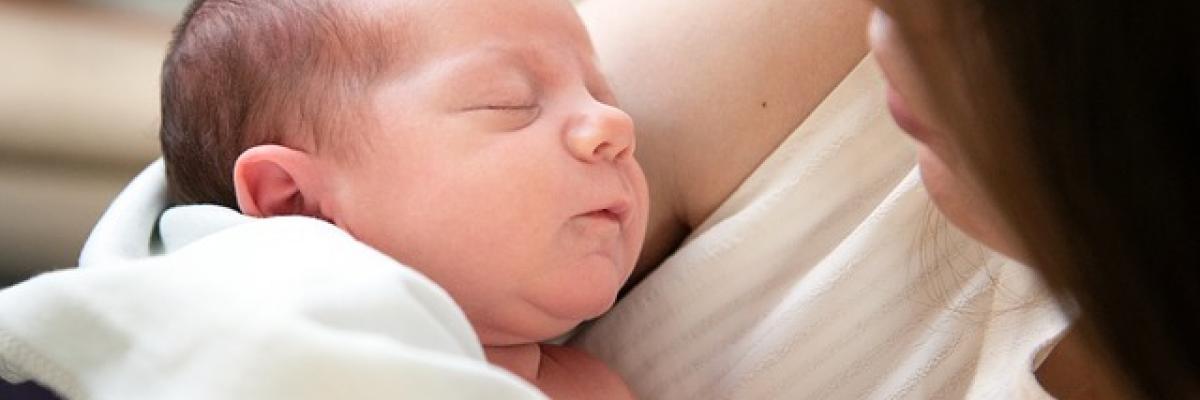A bedside genetic test in newborns with sepsis can warn that a common antibiotic may cause deafness

A new bedside instrument can detect a variant gene type associated with damage to hearing in newborns with sepsis if they are given the standard treatment with an aminoglycoside antibiotic, usually gentamicin. The test uses cells in a mouth swab for analysis and gives the result in less than 30 min thereby not significantly reducing time to antibiotic treatment.
A large team of doctors and scientists developed and tested the new, rapid instrument (NEJM Pedriatr March 2022). Preclinical comparison of variant gene detection with standard laboratory instrumentation is reported to have shown 100% sensitivity and specificity. The use of the new instrument in practice was assessed over 11 months in the large neonatal intensive care units in Manchester and Liverpool. Of 751 neonates, 424 needed antibiotics. Three were detected with the variant gene, all of whom avoided aminoglycoside antibiotics. The use of this rapid test did not disturb normal clinical practice. It was proposed that wide adoption could significantly reduce the burden of aminoglycoside-induced deafness.
The results of this pragmatic trial have been examined by NICE (National Institute for Health and Care Excellence) using its new Early Value Assessment process for diagnostic equipment. Taking into account the low frequency of the variant gene, they recommended on 23 March 2023 that the kit may be used by the NHS in England and Wales while further data is collected to inform a full NICE assessment of the device’s cost and clinical effectiveness.
Susan Daniels OBE, chief executive of the National Deaf Children’s Society and lay specialist NICE committee member, said: “Speaking both as a deaf person and as chief executive of the National Deaf Children’s Society, it’s very encouraging that more evidence will be gathered on this important development. I hope this additional evidence will support the argument for the roll out of technology, which could play a pivotal role in preventing deafness in a small number of babies in the future."

